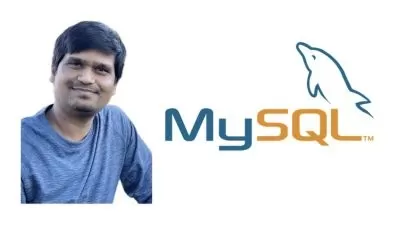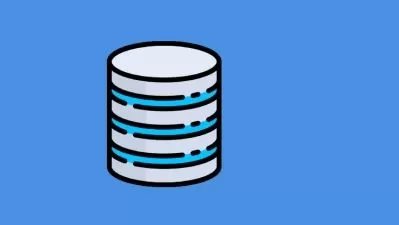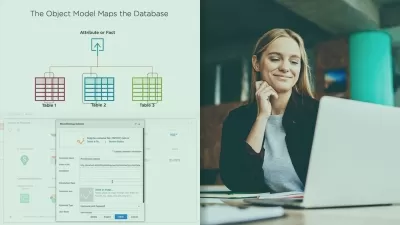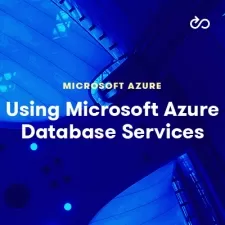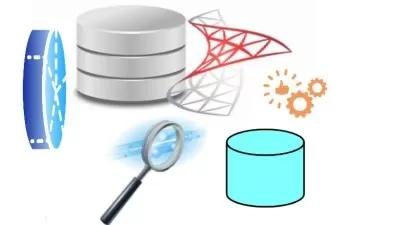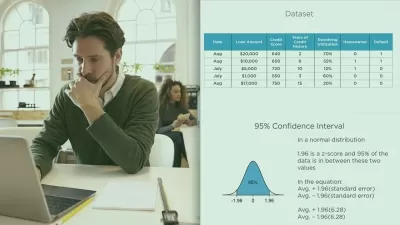Importing Data from Relational Databases in R 3
Dan Tofan
1:44:13
Description
This course shows how R’s capabilities can help you retrieve data from relational databases and make it available to R for adding value with other operations, such as analysis and visualization.
What You'll Learn?
Data is very often stored in relational databases, which are a well-established technology for the last several decades. Your organization might use various relational databases, such as Microsoft SQL Server, Oracle, PostgreSQL, MySQL/MariaDB, or SQLite. In this course, Importing Data from Relational Databases in R, you will learn how R's capabilities can help you retrieve data from relational databases and make it available to R for adding value with other operations, such as analysis and visualization.
First, you will learn about connecting to relational databases. You will discover the possible options for connecting, including the pros and cons of each option. Sometimes things can go wrong, so you will learn some basic connection troubleshooting steps. Then you will explore how to make various SQL queries to a relational database: SELECT statements, filtering data, ordering data, grouping data, inner joins, as well as inserting and deleting values from a table. Additionally, you'll learn how to give parameters to a query and how to fix the security issues around this. Finally, you will determine how to query the database with dplyr, a very popular package for working with data frames that has capabilities of generating SQL queries for you.
Finishing this course will give you the confidence to import precisely the data you need from various relational databases into your R code.
More details
User Reviews
Rating
Dan Tofan
Instructor's Courses
Pluralsight
View courses Pluralsight- language english
- Training sessions 31
- duration 1:44:13
- level average
- Release Date 2023/12/06






